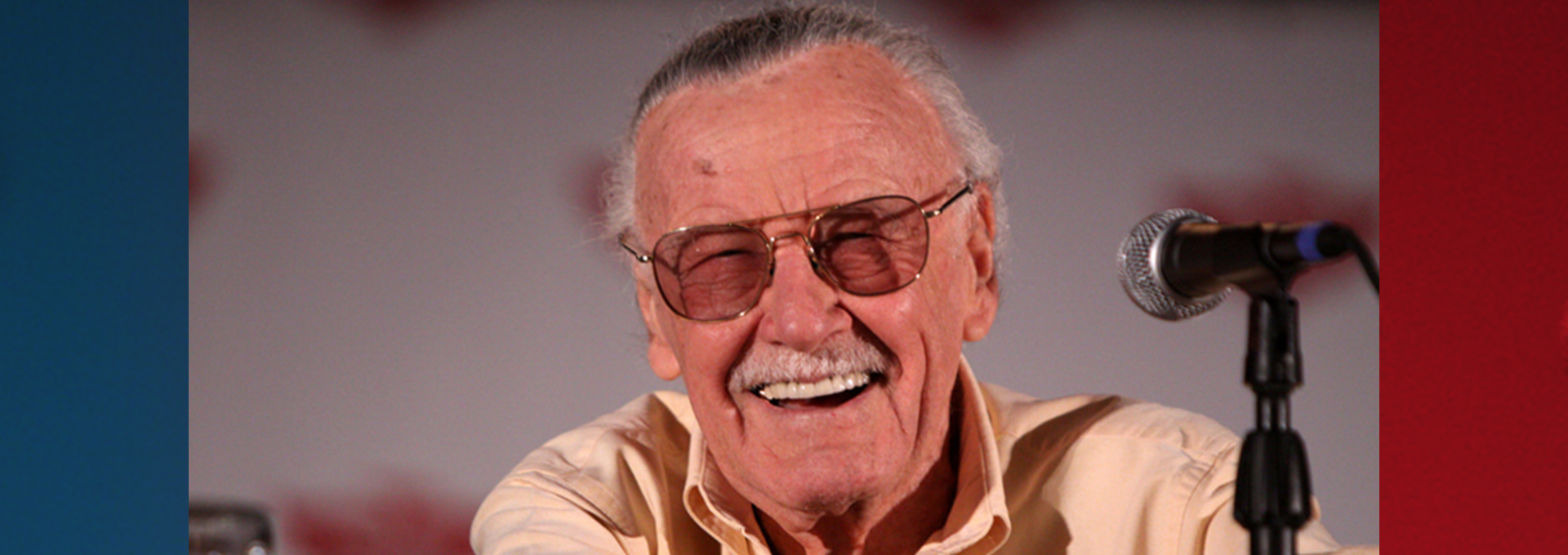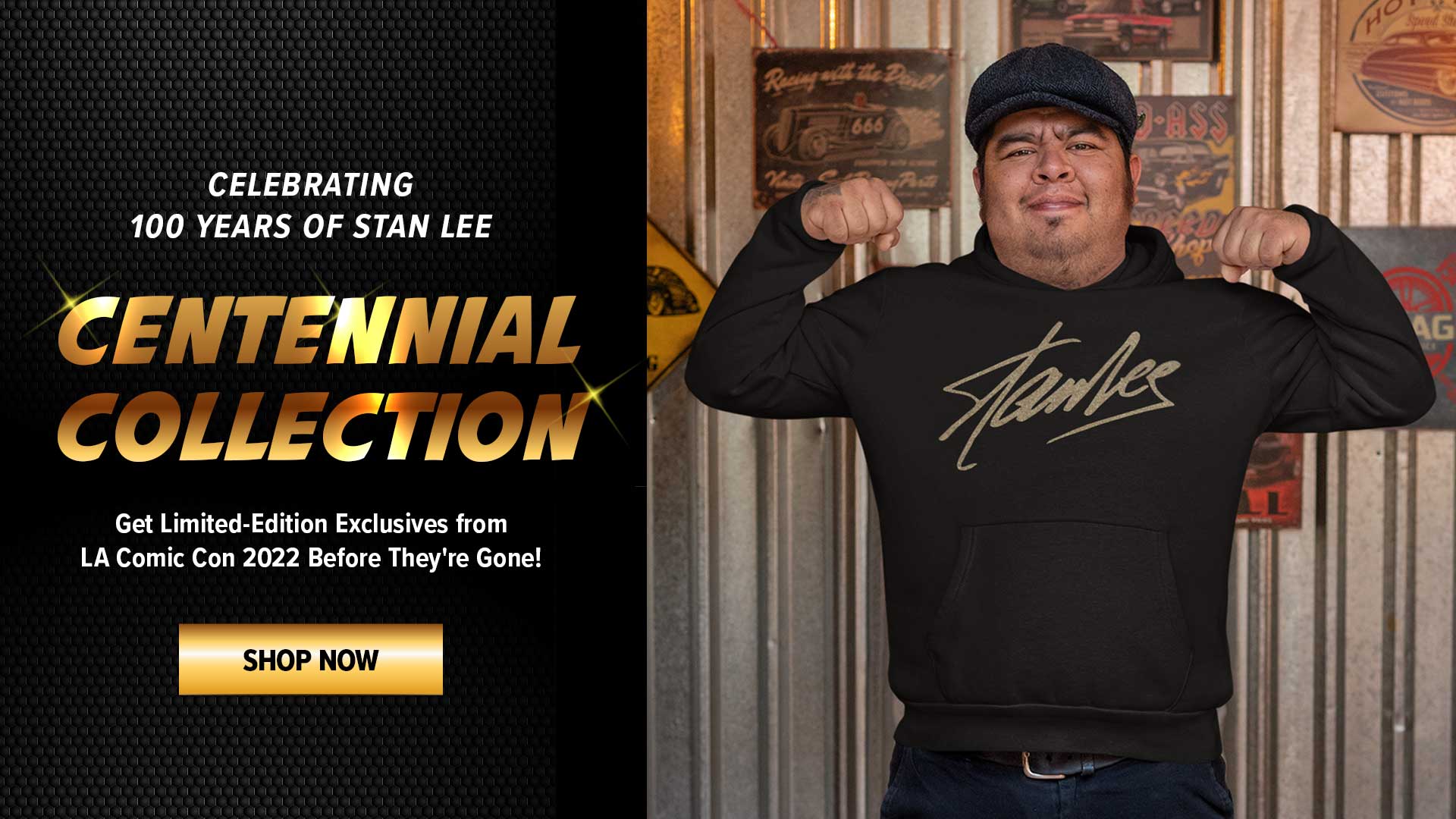In honor of National Teachers Day, we highlight a very influential educator in Stan Lee’s life, as well as others who had an impact on young Stan.
How many readers remember the name of their favorite elementary school teacher? Probably most of you, right? Do you think you’d still recall his/her name seven decades later? I guess we’d have to wait and see!
Many different people and things impacted young Stan Lee’s life during his childhood in the 1920s and 1930s, one of them being his grade school teacher Leon B. Ginsberg, Jr., who was only about a decade or so older than Stan. In 2002’s Excelsior! The Amazing Life of Stan Lee, Stan recounted memories of his favorite educator (which were in turn shared in 2018’s The Stan Lee Story), saying that Mr. Ginsberg “first made me realize that learning could be fun, that it was easier to reach people, to hold their attention, to get points across, with humor than any other way.” Stan greatly admired how his teacher utilized humor and story to demonstrate the lessons he was imparting on the class, and this method of instruction made an indelible impression on Stan—so much so that he made it a point to embrace such a technique in his own work years later.

There were others who served as ‘teachers’ to Stan in a variety of ways who weren’t necessarily identified as such, including war correspondent Floyd Gibbons and classmate John J. McKenna Jr. Though Gibbons, who sported an eye patch as a result of his work reporting in France during WWI, conveyed thrilling details from his exciting exploits, Stan may have been more taken with the fact that as a 10-year-old he sent Gibbons a fan letter—and he received a reply. Stan took this kind gesture to heart, saving Gibbons’ letter and making a point to answer mail when he started receiving notes from fans in the 1960s.

As for McKenna, Stan learned the “gift of gab” from him—McKenna addressed fellow students in class, trying to sign them up for subscriptions to The New York Times. As Stan recalled, McKenna “spoke for about ten full minutes, looking his audience straight in the eye, never once fumbling or losing the attention of the class.” His smooth, persuasive recitals encouraged Stan to want to learn how to address a crowd just like that—which, of course, Stan ended up doing on a much larger scale from the 1960s onward, as he toured university campuses, delivered rousing speeches, and spoke to convention audiences for 50+ years.
Another large influence in young Stan’s life wasn’t a person at all, but rather an item: his bicycle. Not only was Stan given the freedom to explore New York City on his two wheels, but the bike also served as a vehicle to expand his creative mind. As he wrote in Excelsior!: “When I rode it, in my imagination I was a mighty knight atop a noble steed.”

Years later, Stan would pour all that imaginative vigor into building epic universes, characters and stories known and beloved the world over—and he didn’t have to ride a bike to do it!



